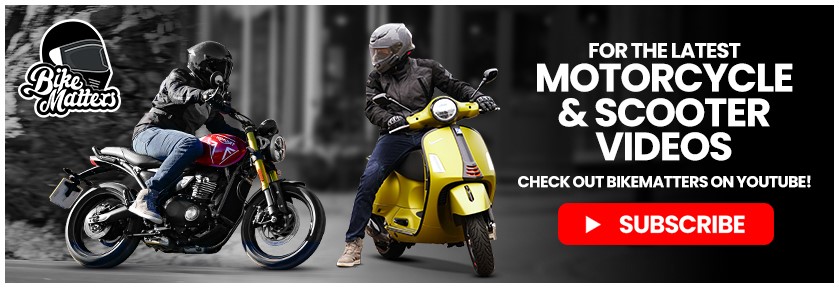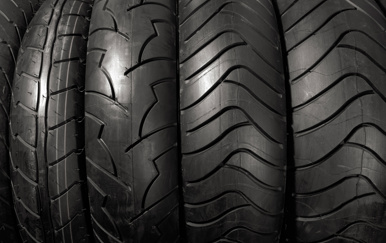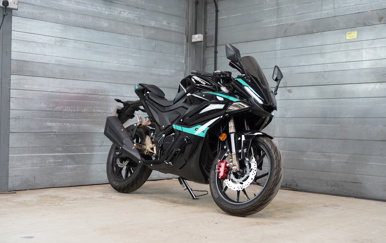Winter doesn’t necessarily mean that you have to stop getting out on your beloved motorcycle or scooter.
We all know that most journeys made on a two-wheeler is undoubtedly the quickest, cheapest, and most reliable way to get to work and back but we also know that for the next 3 months, we’re also likely to wish we’d picked some ‘normal’ transport instead. Or at least we will if we’re not prepared for the cold.
In this blog, we've put together a guide to the best winter riding gear so you can stay out on the roads and enjoy the ride, no matter how cold it gets…
So without further ado - let’s get into it, shall we?
10. Thermal Motorcycle Base Layer Set
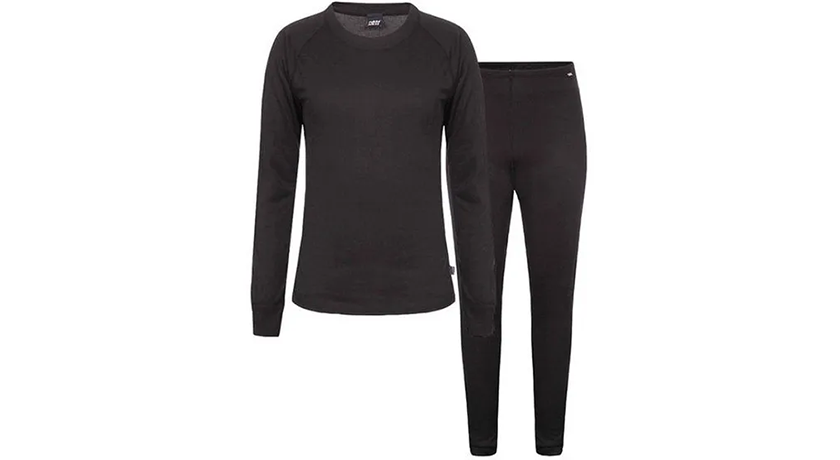
Kicking off our list today and starting from the inside out - we have a trusty set of thermal base layers!
In winter base layers can help to maintain your body temperature as well as keep away any moisture whether it be from sweat or rain, preventing dampness. Regardless of which weather conditions you are facing while riding, it is always important to stay as dry as possible to try and contain as much heat around your body as possible.
If you want a great thermal set for an affordable price, we’d recommend the Rukka Mark 2 Thermal Top and Pant set. This set is made from 100% polyester making it lightweight and comfortable underneath your outer layers.
9. Heated Motorcycle Jacket or Vest
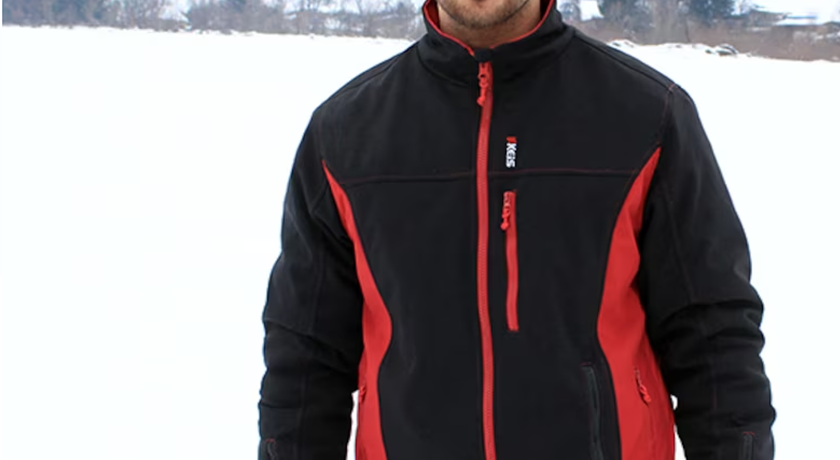
Heated clothing is a great option for those who ride enough during winter months to justify the extra cost!
Imagine going out on a freezing winter’s morning and actually looking forward to the ride because you know you’ll be lovely and warm… That’s what you get with a heated motorcycle jacket. It not only keeps your torso warm but also pumps warm blood around your body to stop your extremities suffering.
Most heated jackets and waistcoats can either be powered by your bike’s battery. Or if you’re riding a classic scooter or motorcycle model, without a 12V battery, you can purchase an accessory battery pack to keep in your pocket and recharge from the mains overnight. In general, these packs will run for around six to eight hours.
We’d recommend heading over and checking out the Keis Premium J501RP heated jacket, combining micro carbon fibre heat generation technology packed in a lightweight, soft shell - providing you with the right about and warmth and safety protection.
On the other hand, if you’d like a heated motorcycle vest, we’d advise the Blaze Active gilet. This gilet runs off an independent battery pack meaning you don’t have to plug it into your motorcycle!
8. Motorcycle Boots
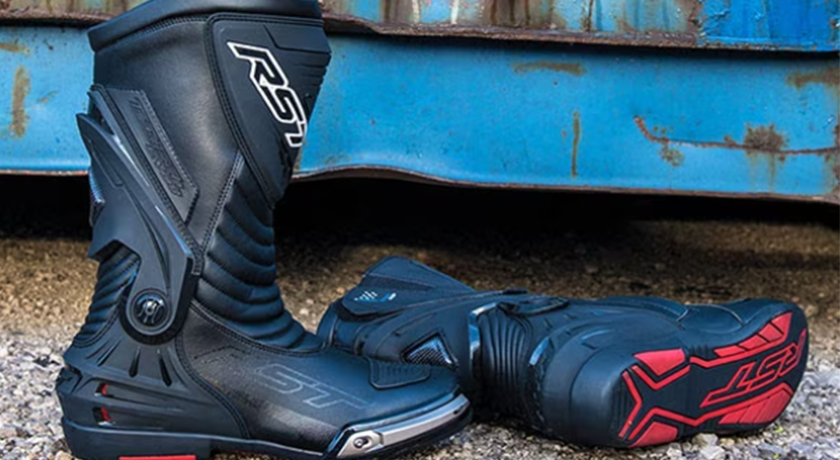
Next up on the list we have a study, winter suitable pair of winter motorcycle boots.
Choosing the right boots for your winter commute is essential for preventing ice-cold toes while you’re riding. We recommend opting for a comfortable, waterproof pair. Although some boots may be designed for winter-only wear, there are plenty of options that will take you straight from summer into winter.
A great example of winter motorcycle boots would be the Daytona Roadstar Pro Gore-Tex Boots. These are some of the best-selling Roadstar touring boots out there on the market right now and have been for the past twenty years, thanks to their naturally water-repellent outer leather and Gore-Tex climatic membrane that completely seals out water from top to bottom.
7. Heated Motorcycle Gloves
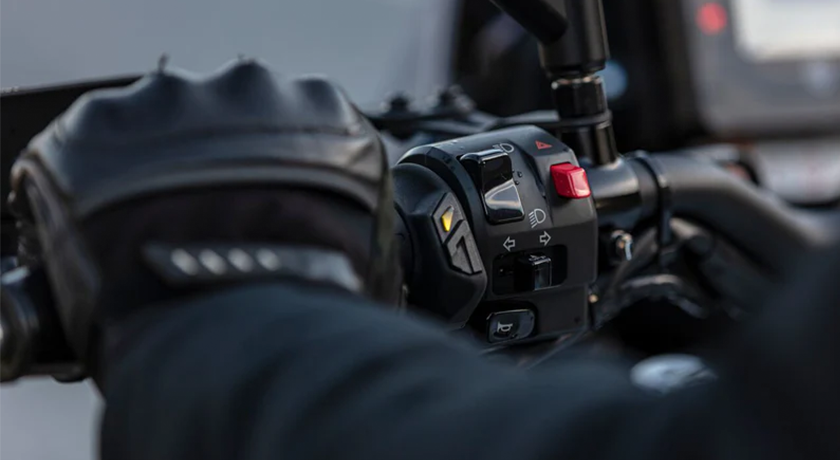
The seventh spot today is one for the all-weather riders - a pair of heated motorcycle gloves.
In my opinion, if you ride in most weather conditions, heated motorcycle gloves are 100% worth it as they can help to keep your hands warm in any weather condition that the UK throws at you!
If you’re after a reliable set of heated motorcycle gloves, we’d recommend you take a look at the Revit Liberty H20 heated gloves arguably some of the most premium gloves on the market right now. The RRP is £259.99, so these are more expensive than plenty of other gloves out there however, you get an extremely good level of protection and armour, as well as being waterproof, windproof, and electrically heated.
On the other hand, if you're looking for a great pair of gloves for a slightly smaller budget, it is well worth taking a look at the Ultimateaddons Motorcycle Advanced Heated Grips that come equipped with an integrated control system, 5 heat settings, and LED colour guide to let you know which temperature your gloves are set to - all for £129!
6. Heated Motorcycle Grips
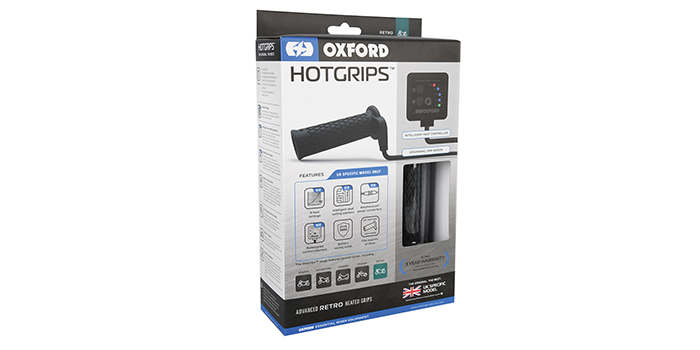
In at number six, we have a nifty pair of heated motorcycle grips.
It goes without saying that the UK weather can be extremely unpredictable and over the past few years the winters seem to be only getting colder and wetter. In the winter, your hands and your feet are the first to feel the cool - the last thing you need is to lose the feeling in your fingers when you’re trying to control a vehicle.
Whilst plenty of modern-day motorcycles usually come with built-in heated grips, if you are riding a slightly older bike or even a classic, then we’d recommend investing in some grips.
As we mentioned in our top 10 accessories for beginner motorcycle riders blog, if you’re looking for some heated grips, we’d recommend the Oxford Heated Hot Grips that come in at £59.99 - making them good value and effective.
5. Neck Tube
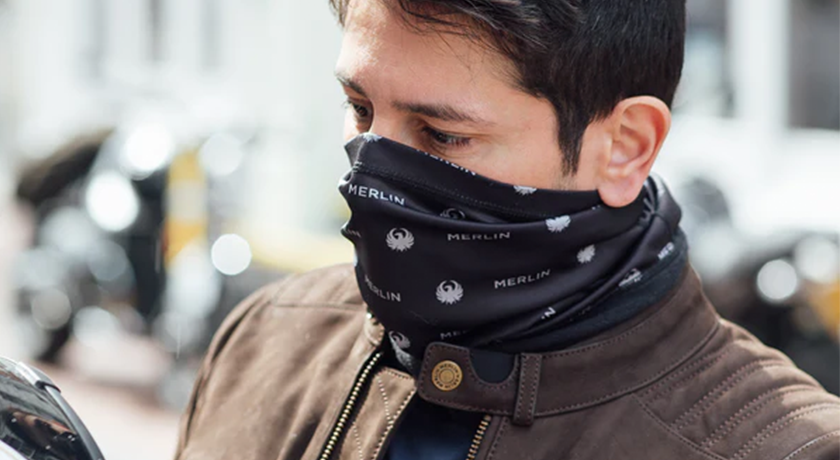
In at number five today we have a motorcycle neck tube.
Whilst many riders out there think of getting base layers to keep their upper and lower halves warm, they often forget about their neck and where the helmet ends and motorcycle jacket starts.
A great motorcycle neck tube to take a look at is the Oxford Advanced Storm Collar, which will only cost you around £20. The Advanced collar utilises stretch trilaminate fabric, perfect for an effective waterproof and windproof seal between your helmet and jacket.
4. Waterproof Clothing
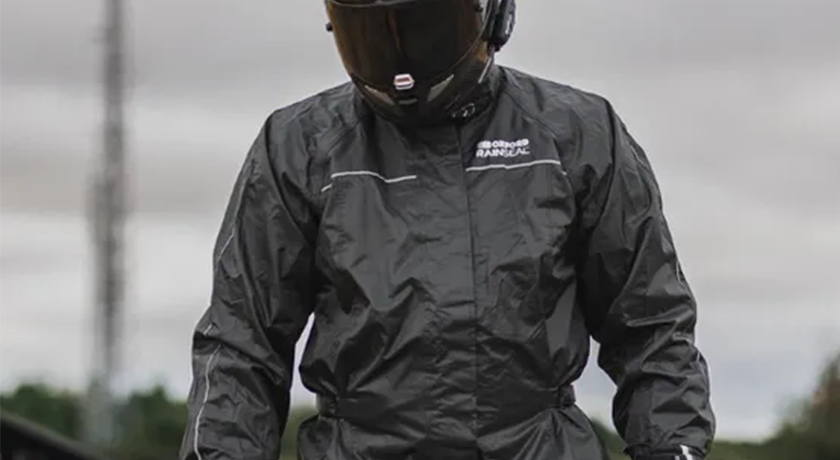
Onto our fourth spot contender - waterproof clothing!
As we mentioned earlier, winters in the UK only seem to be getting far colder and wetter each year. And at the time of writing, we haven’t even hit winter yet and already we have seen more days of rainfall than not.
Waterproof clothing can really help to keep you dry and maintain your body heat when commuting on your motorcycle. We know there are a lot of people who choose to use their motorcycles day to day, so getting to work without being cold or damp is a main priority.
If we had to give you a recommendation, we would advise you to take a look at the Oxford Rainseal All Weather Over suit as discussed previously in our must-have motorcycle gear for commuting article. You can pick one of these suits up for £60 and is a fully waterproof suit that fits comfortably over your other outer layers without making you feel like an extra out of the Michelin tyres advert.
3. Motorcycle Handle Bar Muffs
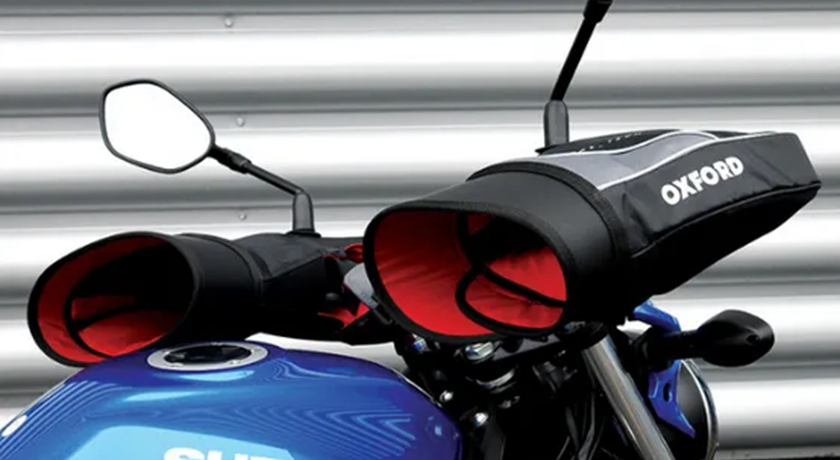
Speaking of waterproofs, not only will you want to keep yourself dry, but you will also want to keep your gloves dry - especially if they’re heated!
Now, you can either buy waterproof over gloves or a pair of handlebar muffs fitted to your scooter or bike. These aren’t for everybody, but if your street cred can handle them it’s money well spent. Muffs are one of the best ways to keep your hands warm in winter, I’ve never heard anybody who uses them say it was money wasted.
If you’re looking for a trusty yet affordable pair of muffs, we’d recommend the Oxford Super Muffs. The super muffs are some of the best warm, waterproof, and windproof protectors for total hand protection.
2. Thick Winter Motorcycle Socks
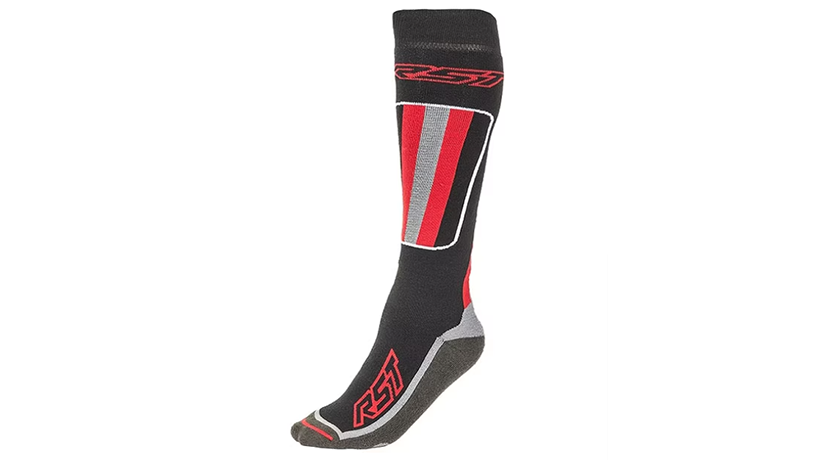
The second spot today goes to a nice warm, thick pair of winter motorcycle socks.
Choosing the right pair of socks again can really help to prevent your feet from getting cold or going numb which can seriously alter your ability to drive safely and confidently. We’d also advise if you can, to carry an extra pair with you so you can swap your socks for a dry and clean pair when and, if the conditions change or if your main pair gets wet.
Again, as we have done throughout this list, we’d recommend taking a look at the RST Tour Tech Socks. For £11, these socks are specially developed to enhance the overall comfort and fit of your motorcycle boots, as well as providing another layer to try and contain as much body heat as possible.
1. Pinlock Visor
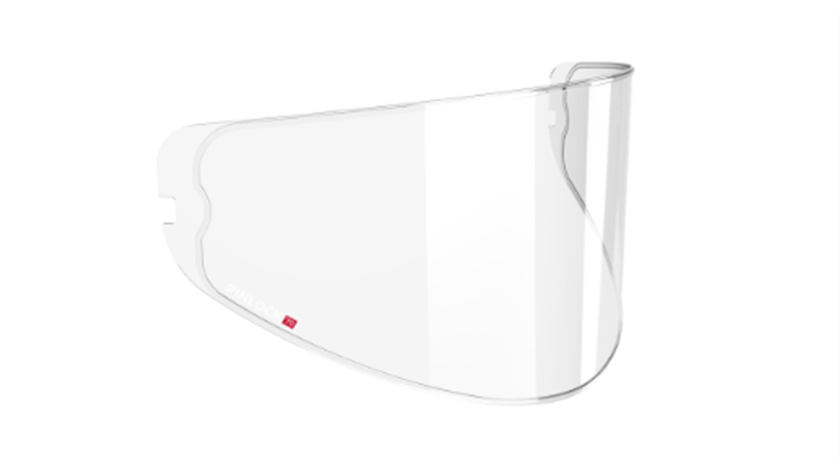
Finishing off our list today and stealing the top spot has got to be a Pinlock Visor.
One of the worst things about the winter months is the fog that gets left on either our car windscreens or for motorcycle riders - their visors. Installing one of these visors takes as little as five minutes, all you have to do is simply pop off your original visor, clean it, and then clip the interior lens into place.
Once this has been done you can kiss the issue of fogging goodbye forever!
The Last Stop!
So there you have it - I hope you have enjoyed my rundown on just ten of the most bits of motorcycle gear you get to keep yourself as warm and safe as possible this winter!
On the other hand, if you’re still not convinced winter riding is for you, check out our tips on how to store your motorcycle or scooter over winter.
Last but not least, if you want to ride this winter, then the best way for you to stay safe is by having insurance. If you are in need of motorcycle insurance make sure to get a quote direct with Lexham!

